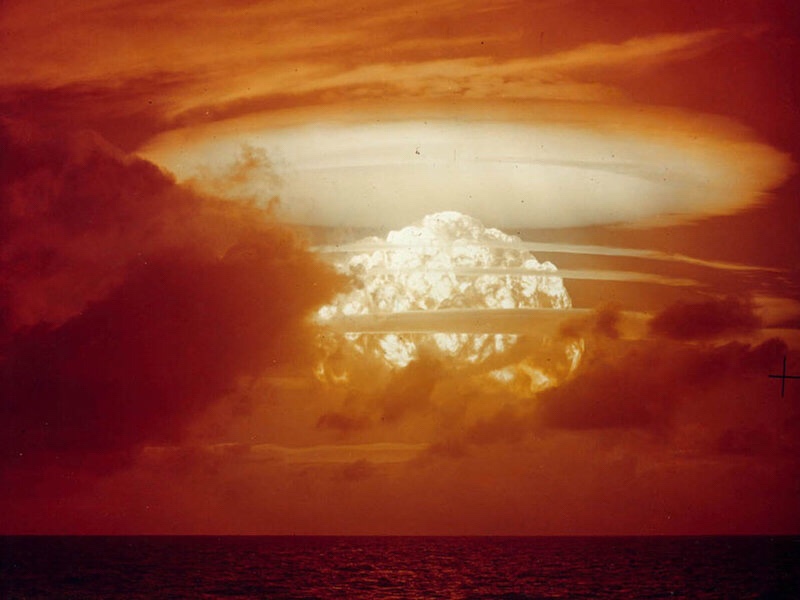 How to be prepared if there's a nuclear attack
How to be prepared if there's a nuclear attackLexi Sutter
PHOENIX - In 2018, the threat of a nuclear attack remains as real as ever.
Wendy Smith-Reeve is the Deputy Director and Emergency Management Director for the Department of Emergency and Military Affairs in Arizona.
She handles the state's worst case scenarios.
"Our biggest hazards would be flooding and wildfires. Those are the two natural hazards affecting a majority of Arizona," Smith-Reeve said.
However, planning an escape from mother nature is only one aspect of emergency preparedness for people today.
Last month, officials in Hawaii accidentally sent an emergency alert warning of an incoming missile attack, sending thousands running into the streets in a panic.
Smith-Reeve said leaders in Arizona have learned from that mistake.
"We do have safeguards in place so that message is not sent out live when it's not a true message," said Smith-Reeve.
But if that message is true, Smith-Reeve said it's important families have a plan.
"They can build a kit and be informed of the hazards that could affect their area," said Smith-Reeve.
Today's nuclear weapons are 3,000 times more powerful than the ones used decades ago.
If Arizona faced an attack, people would only have about 15 minutes to prepare.
There are several necessities to put in an emergency bag, such as a battery or crank-powered radio, food and water for 72 hours, first-aid supplies, medications taken daily, a flashlight, and wet wipes to take any dust off the skin.
In a nuclear scenario, you need to be prepared to stay in a sheltered place for at least 24 hours.
Announcements and information would come from Smith-Reeve's emergency operations center in Phoenix.
"What we have planned for are all hazard situations," explained Smith-Reeve. "We've identified in our state emergency response and recovery programs all partners that have the resources to support the community."
No comments:
Post a Comment